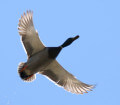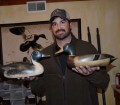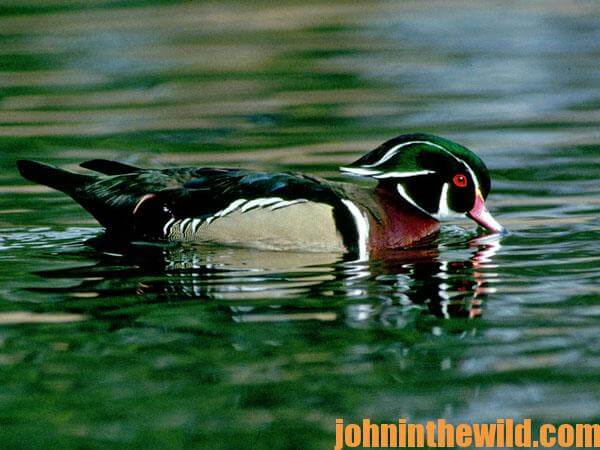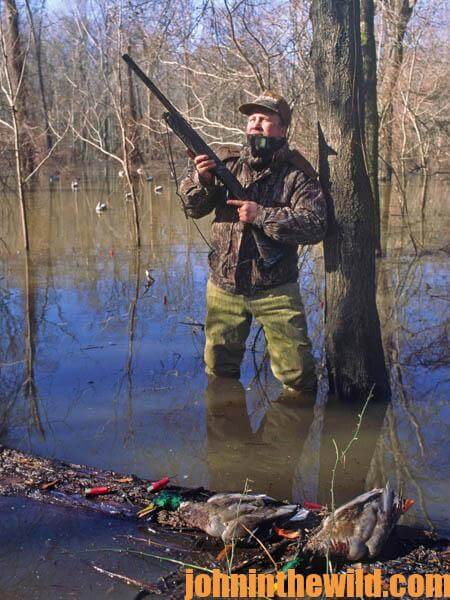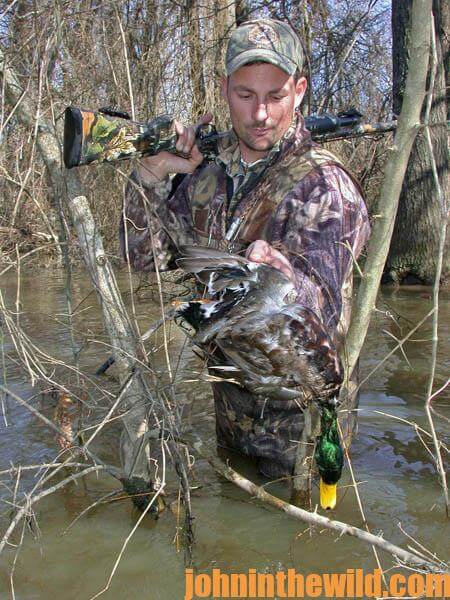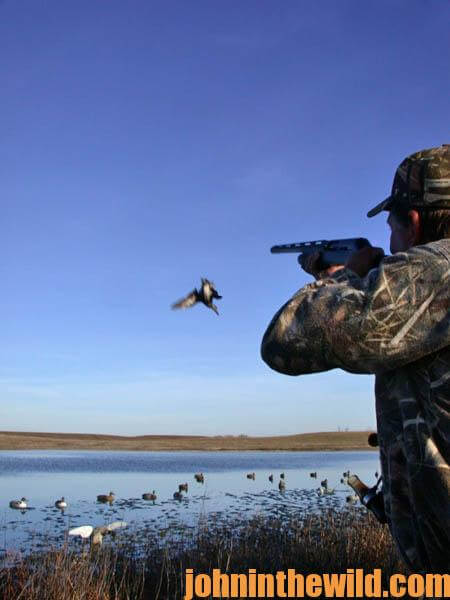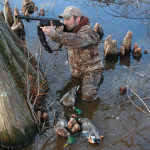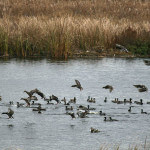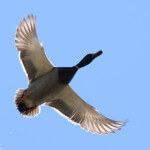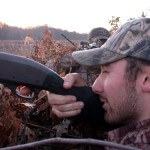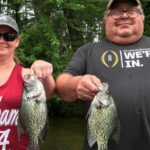John’s Note: I really enjoy classic waterfowling. I like hunting from a blind, using 50 or more decoys, having a retriever pick-up the ducks and sharing the experience with a good hunting buddy. However, classic waterfowling requires too much equipment and doesn’t allow me as much mobility as I have when surprising ducks in flooded timber. Open-water hunting for waterfowl also requires that you live near or travel to big water. Throughout most of the South where I live, you’ll find little potholes and streams, flooded-timber areas and woods ponds where ducks will feed and hold, especially during a cold winter. You can hunt anywhere where you find enough water to float ducks and enough food to feed them. I enjoy hunting ducks. When I make a long stalk to take birds as they come off the water, I feel more satisfied than I do when I put out a decoy spread and blow a duck call, until some feathered phantom gets curious enough to see what’s happening. If you want to enjoy waterfowling without all the hassles, try these surprise tactics to take webfoots.
As the mist rolled off the water, I could hear the woodies whistling in the distance.
Through the flooded timber swamp, I also could hear the sharp, high-pitched sounds of wood duck wings as the birds sailed overhead. The ducks headed for the little open-water feeding site in the oak timber about 150-yards ahead of me. Although I could have taken a shot then, I chose to wait until I arrived at the feeding site, since I believed I would have a better chance of taking woodies there.
I’ve always considered stalk-hunting ducks in flooded timber an art form. In this game, you see how close you can move to the feeding ducks, before you surprise them, and they flush. As I quietly moved through the water in my chest-high waders, I cautiously felt the bottom with my leading foot before I ever planted it and shifted my weight from the back foot forward. Often in years past, I had stepped in beaver runs, tripped over limbs and fallen into depressions made by rotted stumps. By sliding my leading foot along the bottom first, I had to move much-more slowly than I’d normally walk through the water. I tried not to make any rings or waves on the surface of the water that would signal the webfoots of my progress.
Finally when less than 20-yards from the feeding ducks, I planned to take one more step to get behind a large water oak on the edge of the feeding area. But a brightly-colored drake woodie spotted me. Without hesitation, the woodie sprang skyward as though someone had shot him from a cannon. As the duck came up, I pointed my gun barrel at the center of the fleeing woodie and pulled up, shooting over his head. Cartwheeling in the air, the woodie tumbled. Two more volleys failed to produce, but I waited patiently as the report of my shotgun faded in the timber. I’d learned before that usually when I hunted a feeding site, the ducks I’d flushed would return, if I stood still and kept quiet. Within 5 minutes, a pair of woodies came streaking toward the pothole. Shooting well in front of the lead bird, my shot connected like the old steel shot I once used long ago. The duck fluttered and folded as he fell into the trees about 40-yards from where I’d shot.
A morning of wood duck hunting can end quickly, if you know where to find the birds and how to bag them. Also on a cold, icy morning that has plenty of wind and rain, that same pothole can produce many big-water ducks. You can limit out not only on wood ducks but on mallards, teal and other ducks too by using this surprise stalk-hunting tactic to down webfoots.
To learn more about preparing ducks and other wild game besides seafood and fish from our family’s recipes from the past 45+ years, get John and Denise Phillips’ new eBook “The Best Wild Game & Seafood Cookbook Ever: 350 Southern Recipes for Deer, Turkey, Fish, Seafood, Small Game and Birds.” Click here to get this book.
About the Author
John Phillips, winner of the 2012 Homer Circle Fishing Award for outstanding fishing writer by the American Sportfishing Association (AMA) and the Professional Outdoor Media Association (POMA), the 2008 Crossbow Communicator of the year and the 2007 Legendary Communicator chosen for induction into the National Fresh Water Hall of Fame, is a freelance writer (over 6,000 magazine articles for about 100 magazines and several thousand newspaper columns published), magazine editor, photographer for print media as well as industry catalogues (over 25,000 photos published), lecturer, outdoor consultant, marketing consultant, book author and daily internet content provider with an overview of the outdoors. Click here for more information and a list of all the books available from John E. Phillips.

